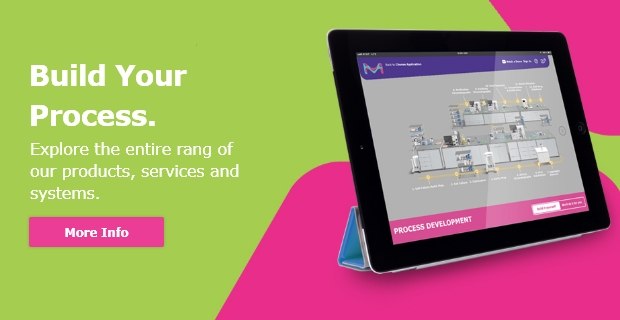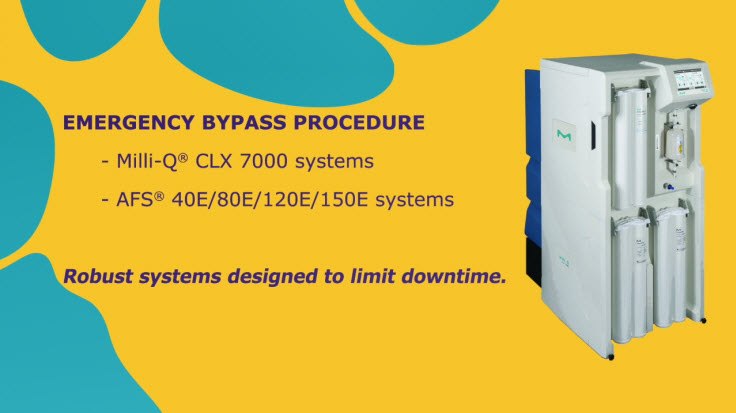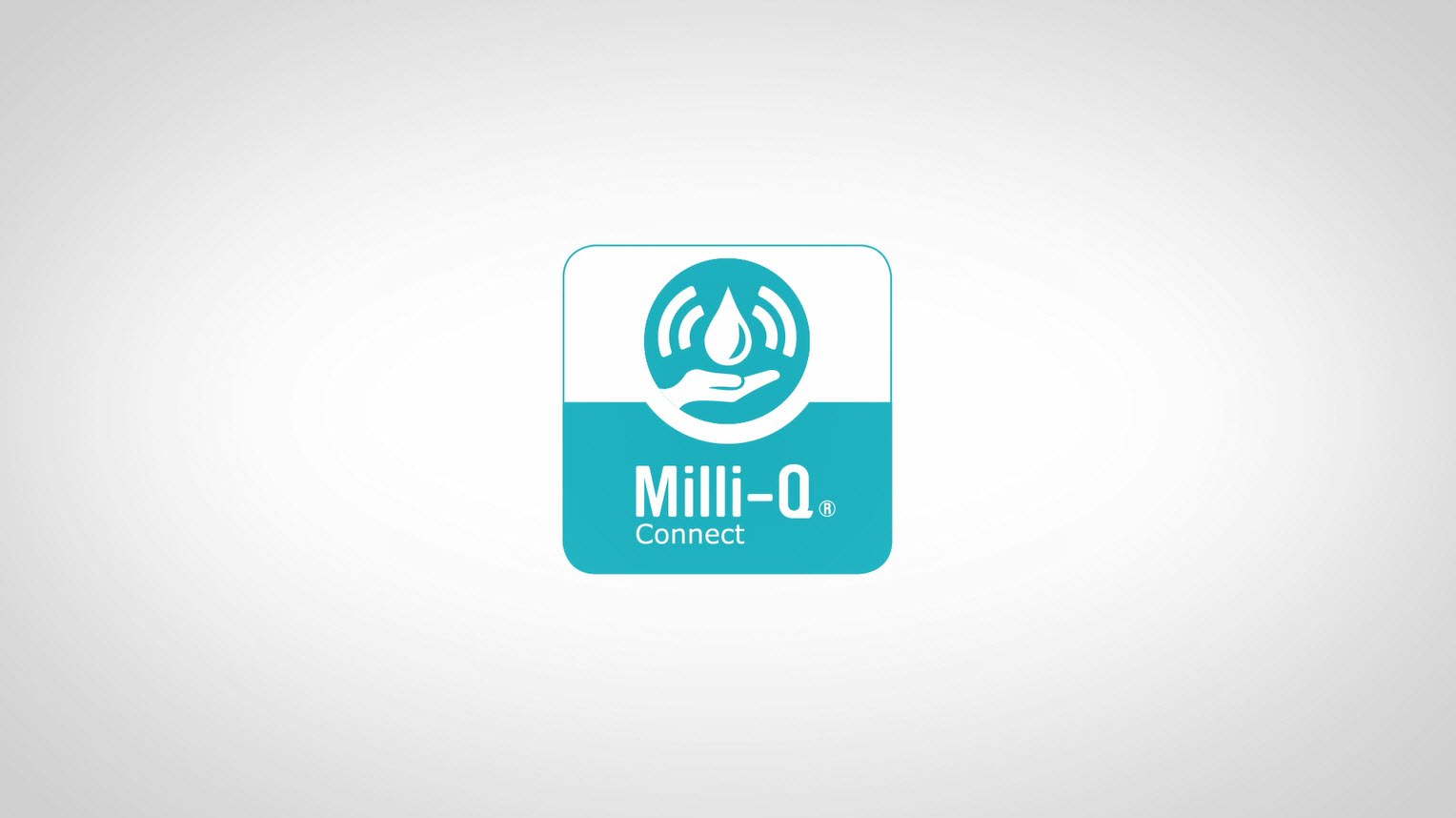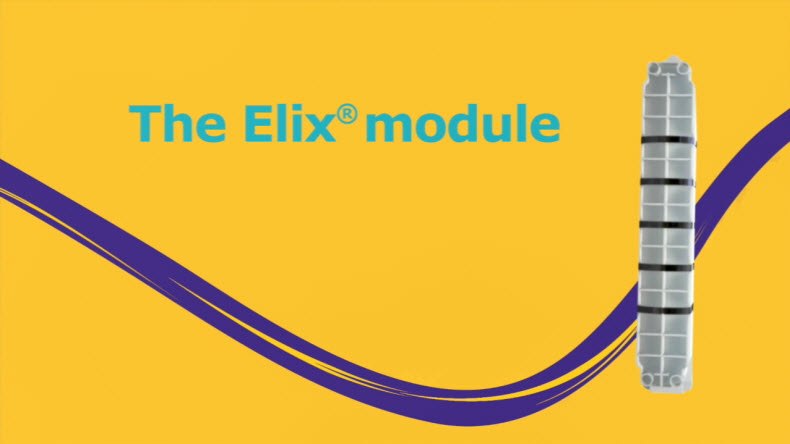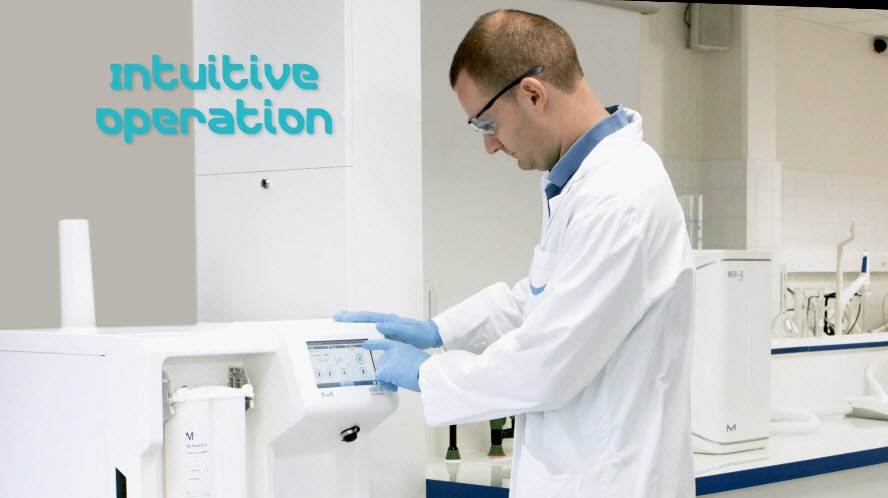Tech Article 0630
Dr Test, MBBS, MD, PhD1, Test Author Name, Author Title1,2, Author Name 2, Author Title 22
1USA Research Center, 2UK Research Center
Volume 1
Products
Feature Heading
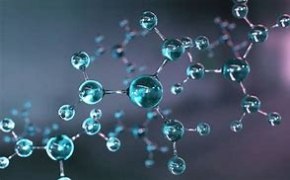
This is the test description for the feature tile 1
asiodj asidjnasuid asuid]asduiha sduiasdn
asuidjh asuidjas duiasd asuid asduih asduihasd
asduihas duiashd asuidhas duiashd asduihasd
ausdhas duiashd asduihas dasuihdas duiashd asdui

This is the test description for the feature tile 2
asiodj asdio asiodj asdioj
asdiojas dioasjd asiodjas dioj
asdiojas dioasjd asdiojas dasiojd
asiodja sdiojas dioasjd asdiojasd asiodj

This is the test description for the feature tile 3
asidj asdioja dasiojd
asidj asdiojas dasiojd as
asiodja sdioasjd asiodjas dioasjd
asidj aiodjas dioasjd asidjasd asd

This is the test description for the feature tile 4
aiosdj asiodj asdiojas dioj
asdiojas dioasjd asdiojas daiosjd
asiodja sdiojasd asiojdas dioasjd
asiodj asdiojas dasiojdas diojasd

Left Content Link Headline
- A step-by-step method describing the photometric determination of ammonium in effluents with high Chemical Oxygen Demand (COD) value using Spectroquant® test kits and photometer.
- A step-by-step procedure for the photometric determination of Ammonium in sewage sludge using Spectroquant® test kits and photometer for a precise and quantitative analysis.
- Step-by-step accurate reflectometric determination of ammonium in wastewater with Nessler’s reagent or Indophenol blue using Reflectroquant® system and test strips.
- Preparation of a standard solution for COD/chloride
- Nitrate in Fruit Juices
- Step-by-step method describing the reflectometric determination of nitrate levels in various vegetables after reduction to nitrite and detection with Griess reagent using Reflectoquant® system and test strips.
- Step-by-step method describing the reflectometric determination of nitrate in wastewater after reduction to nitrite and detection with Griess reagent using Reflectoquant® test strips and reflectometer.
- Step-by-step method describing the reflectometric determination of nitrite levels in wastewater using Reflectoquant® test strips and reflectometer, ideal for on-site testing.
Right Content Headline
- Protocols and articles about sample preparation, liquid chromatography, gas chromatography, mass spectrometry, photometry & reflectometry, NMR, atomic spectroscopy, thin layer chromatography, titration, Karl Fisher, and wet chemical analysis.
- Atomic spectroscopy uses the energy absorbed or emitted by electrons to identify and quantify the elemental composition of a sample. It includes various analytical techniques, such as AAS, AES, FAA, GFAA, ICP-OES, ICP-MS and XRF.
- Reference materials are critical to method validation, calibration, qualification, and measurement of uncertainty. The proper selection of the reference material best suited for the testing application is vital, as results are only as accurate as the reference.
- Gas chromatography is a common analytic technique used to separate and analyze volatile compounds in the gas phase. GC is applied in many industries for quality control, and to identify and/or quantify compounds in a mixture.
- Protocols and technical articles relating to high-performance liquid chromatography (HPLC) for large molecules and small molecules, and to low-pressure liquid chromatography (LPLC)
- High performance liquid chromatography (HPLC) can be used to separate and identify different large biomolecules such as protein and peptides in a sample. It is based on the pumping of a sample with a solvent (mobile phase) through a column packed with sorbent material (stationary phase) at a high pressure.
- Low pressure liquid chromatography (LPLC) is a chromatographic technique that operates at low pressures to drive the mobile phase onto the column containing a stationary phase by the action of a pump.
- Small molecules are ions and compounds of molecular weight typically less than 900 daltons. These compounds can be effectively separated and analyzed by HPLC, UHPLC and LC-MS using mainly silica particles or monolithic stationary phases with a broad range of column chemistries (modifications).
Reference Headline
To continue reading please sign in or create an account.
Don't Have An Account?